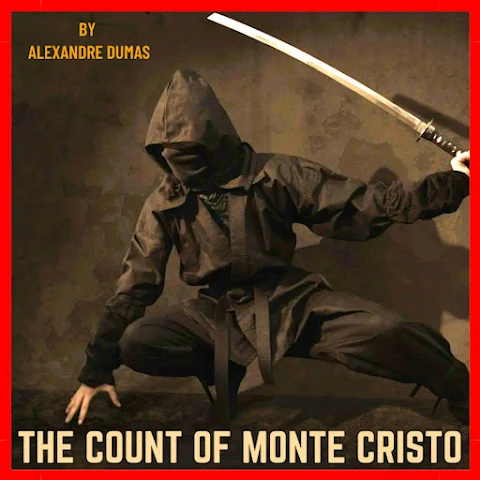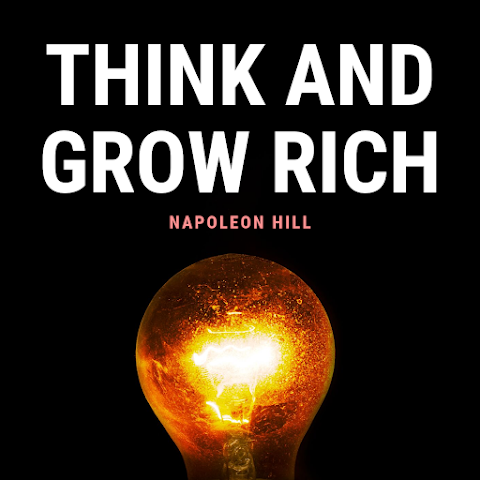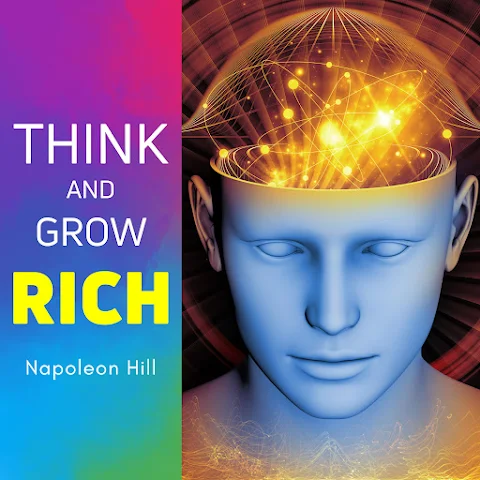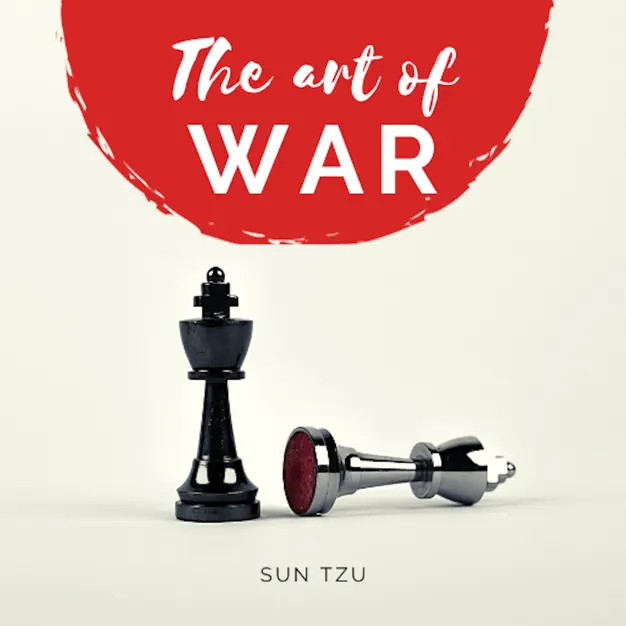Let’s Talk About Redemption
Okay, can we have a real talk about *The Count of Monte Cristo*? I mean, this book isn’t just about revenge—it’s about redemption. The whole plot may seem driven by Edmond Dantès’ quest for vengeance, but the heart of the story is in how he finds his humanity again, how he heals from the deep wounds of betrayal, and how he learns the power of forgiveness. Spoiler alert: this story is far more than just a thriller; it’s a masterclass in redemption!
Listen on SpotifySo, if you haven’t read this classic yet (seriously, what are you waiting for?!), or if you’re revisiting it, let’s break down how Dumas uses redemption to take the reader on one of the most emotional rollercoasters of all time.
The Redemption of Edmond Dantès
Let’s start with the man himself: Edmond Dantès. When we first meet him, he’s pretty much the epitome of goodness. He’s young, he’s in love, and he’s about to become the captain of a ship. Life is looking pretty sweet for this guy. But—enter the villains! A bunch of jealous people betray him, and *bam*, he’s locked up in the Château d'If, a dank, dark prison cell that completely changes his life.
After spending 14 years in that hellhole, Edmond comes out as the mysterious Count of Monte Cristo, a man with power, wealth, and a burning desire for revenge. But here’s where the magic happens: as Edmond starts enacting his revenge, he begins to face a truth that most of us have to deal with at some point—revenge is not as sweet as it seems. It’s complicated. It’s messy. And sometimes, it makes you lose yourself in the process.
The Struggle for Redemption
Edmond’s quest for revenge is, in some ways, a journey of self-destruction. As he destroys the lives of his enemies, he’s also battling the darkness inside of himself. He’s asking big questions: *“What am I really after?”* *“Will this revenge give me peace?”* And deep down, Edmond knows the answer—he’s not sure.
Here’s where redemption becomes key: Edmond has to go through this long, painful process of realizing that he can’t heal from the wounds of betrayal through revenge alone. As much as he wants to punish those who wronged him, he starts realizing that the real path to redemption is one of forgiveness. And here’s the kicker—Edmond must forgive himself first.
The Redemption of Others
One of the most beautiful things about Edmond’s journey is how it extends beyond him. Along the way, he helps others—sometimes without even realizing it—find their own redemption.
Take Maximilian Morrel, for instance. Maximilian is in a dark place after his father’s death, and he’s on the verge of ending it all. But Edmond, in his role as a mysterious benefactor, gives him hope. This isn’t just about saving Maximilian’s life; it’s about showing him that redemption is possible, even when life seems bleak.
And then there’s Mercedes, Edmond’s first love. She’s suffered so much, and her life has been filled with heartbreak. But through Edmond’s actions (and his willingness to change), we see that redemption is about letting go of past pain and moving forward. Mercedes doesn’t just redeem herself; she shows Edmond the beauty of forgiveness and the healing power it can have.
Forgiveness: The Heart of Redemption
If you’re wondering what truly makes redemption so powerful in *The Count of Monte Cristo*, it’s forgiveness. Edmond’s journey towards redemption is fueled by his ability (or inability, at first) to forgive. But as he forgives others, and ultimately himself, he starts to shed the weight of his past and gain something he didn’t expect: peace.
There’s a moment in the story when Edmond must decide whether or not to forgive his enemies. When he’s faced with the choice to show mercy or carry out his revenge, it’s one of the most human moments in the book. He’s faced with the realization that true peace comes not from punishment, but from letting go of the need to get even.
Letting Go: The Hardest Part of Redemption
Forgiveness isn’t easy, especially when someone has wronged you in the most unimaginable ways. But Edmond’s journey shows us that forgiveness is essential—not just for the people who’ve hurt us, but for our own well-being. When he lets go of his thirst for revenge, Edmond finds a kind of freedom that no amount of wealth or power could ever give him. He becomes the man he was always meant to be.
And guess what? That’s the hardest lesson we all have to learn, too. To forgive doesn’t mean forgetting or excusing the wrongs done to us. It means releasing the burden of carrying that pain. And only then can we truly begin our own journey to redemption.
Redemption Isn’t Just for the Good Guys
Here’s something else that’s fascinating about *The Count of Monte Cristo*: redemption isn’t just for the “good guys.” It’s not just Edmond who finds redemption in the story—it’s the villains, too. Well, kind of. Their journeys are messier, to say the least.
Let’s talk about Fernand Mondego, one of the main antagonists. He’s guilty of betraying Edmond and ruining his life. But Fernand’s redemption arc is tragic. He doesn’t redeem himself through acts of mercy or kindness. Instead, his downfall is a result of the guilt that eats away at him. He can’t escape his past, and in the end, it consumes him. It’s a sad reminder that some people never get the chance to change, no matter how much they may need redemption.
This contrast between Edmond’s redemption and Fernand’s is what makes the story so powerful. It’s not just about revenge. It’s about the choices we make and how those choices shape our future. Edmond chooses redemption, while Fernand chooses to live in denial, and that’s the key difference between the two.
So, What’s the Big Takeaway? Redemption Is Possible
The biggest message of *The Count of Monte Cristo* is that redemption is always possible. No matter how far we’ve fallen, no matter the mistakes we’ve made, there’s always a chance for change. Edmond’s transformation from a vengeful man to a man of compassion shows us that redemption isn’t just about doing the right thing—it’s about owning your past, forgiving others, and choosing to move forward.
And that’s the beauty of the book: it teaches us that we’re all capable of growth, of finding our way back to who we truly are. Whether we’re Edmond or Mercedes, Fernand or Maximilian, the power of redemption is within all of us.
Take the Journey with Me
And hey, if you're in the mood to dive into this incredible story, you can listen to *The Count of Monte Cristo* on Spotify! You don't even have to open a book—just hit play and get lost in the drama, the twists, and of course, the redemption.
Listen on SpotifyConclusion: Redemption is a Journey
To wrap it up: *The Count of Monte Cristo* isn’t just an epic tale of revenge—it’s a deeply moving exploration of redemption, forgiveness, and the human condition. Edmond Dantès' journey reminds us that redemption is a choice, and it’s one we can make at any point in our lives. Whether you’re looking for a thrilling adventure or a story with deep emotional depth, this novel has something for you.
So, go ahead—read it, listen to it, and take the journey with Edmond. I promise you’ll come out the other side feeling a little lighter, and maybe, just maybe, you’ll have a new perspective on redemption too.



